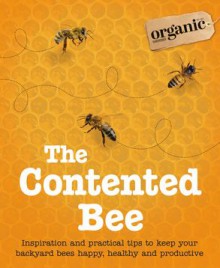Reviewed by MurderByDeath on
Reading updates
- Started reading
- 23 August, 2018: Finished reading
- 23 August, 2018: Reviewed

All the buzz on keeping backyard bees - an informative and inspirational handbook full of advice, experience and stories from experts and enthusiasts.
With bees worldwide in deadly peril, Australians are keen to lend a helping hand. Keeping a hive or three has become a popular lifestyle trend - and it's more achievable than you might think.
Whether you're in the inner city, suburbs or on acreage, keeping bees can be easy, low-fuss and fun for the whole family to get involved in - imagine bottling your very own honey! This lively guide features inspirational experiences and gorgeous photos from scores of enthusiasts across Australia who have sweetened their lives by keeping bees.
Practical chapters by a range of experts give the low-down on getting started, caring for your bees, harvesting your honey and wax (with recipes), troubleshooting, what to plant to help out your little workers, and great information on the popular option of keeping native stingless bees.
The Contented Bee will inspire you to help out the bees - and enrich your own life, too!